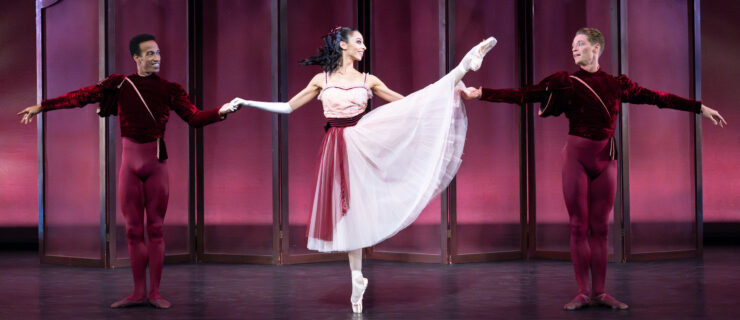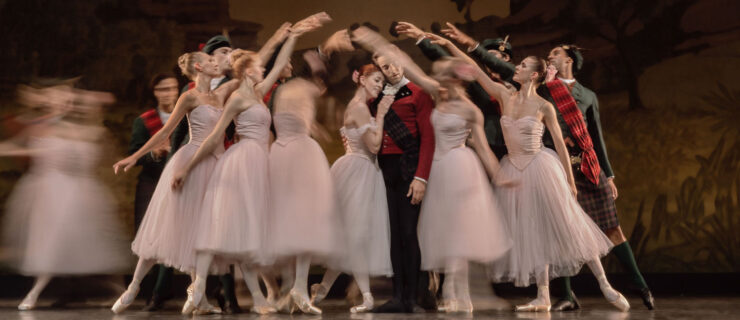Bye Bye Baby Ballerina?
With trainee programs, apprenticeships, second companies and college-level dance programs on the rise, it seems like the idea of the “baby ballerina” has phased out. There are no more Ballet Russes dubbing teens their prima ballerinas. Maria Tallchief became Balanchine’s premiere ballerina at the age of 19 in the late 1940s. In the 1950s, 14-year-old Eleanor D’Antuono began her career with the Ballet Russe de Monte Carlo. Gelsey Kirkland first joined New York City Ballet in the 60s at age 15. These dancers rose through the ranks to become stars before their twenties. Granted, they were all exceptionally talented ballerinas, but talent generally isn’t brought up as quickly anymore. Today, most dancers, from the corps to principal ranks, are in their twenties. As the ballet world continues to expand and grow, its professional makeup seems to have gotten older.
In fact, American ballet dancers today are considered young if they are swept into an apprenticeship after high school graduation at age 17 or 18. Companies seem to be keeping young dancers as trainees, apprentices or second company members, thereby gaining, or should I say taking advantage of, enthusiastic talent at very little cost. Many trainee programs actually charge tuition as they are billed as a program that polishes advanced dancers and gives them the opportunity to perform with the company. This new cheap-labor trend, while costly to young dancers, is a savvy cost-cutting strategy for American ballet companies, who need all the financial assistance they can get in order to keep ballet alive in this country. It doesn’t seem fair that many dancers who are perfectly capable of being a contracted company member are stuck in an unpaid position, but this may be a smart way to keep American ballet companies afloat.
At the same time, more and more dancers are choosing the college or conservatory route, auditioning for companies after or while they receive their degree. This seems to be largely due to the nature of the ballet in America: There are a lot of dancers out there, but most companies are not able to hire. So, why not continue to train while also getting a degree? A college or conservatory experience does not provide an affiliation or performance opportunities with a particular company, but many dancers see this higher education route as something that could open new doors for them in the dance world.
Luckily, with today’s advances in dance medicine, dancers have more longevity and therefore can make a successful career later in life, whether it’s after a trainee program or earning a degree. The route to a contract may be getting longer, but so are careers. It seems the ballet world is maturing, in a sense. The definition of the ballet dancer is broadening as each one carves a long, divergent path towards a professional career.





